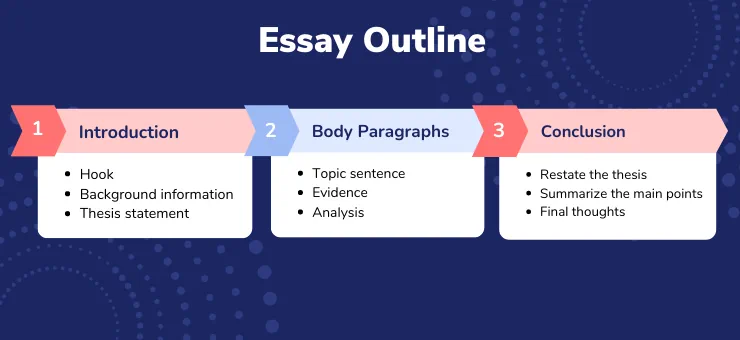Chapter 5-Beginnings and Endings
In the unit on essay organization, I briefly addressed what should be included in your introduction and conclusion, but you may have more questions or want more examples, so this unit will give more details about the beginning and ending of your essay.
Beginnings
The beginning of your essay should contain your “hook,” relevant background information, and thesis statement.
What is a hook? A hook is usually the first few sentences of your introduction. Its job is to “hook” the reader or get their attention. In journalism, this is also called a “lead.” Regardless of the name, the point is the same. If you catch the reader’s attention during the first few sentences, they are more likely to continue reading your essay.
Think about books you have read…have you ever read a book that you just could not “get into?” What did you do? Did you continue reading? If a book doesn’t “hook” me from the first chapter or two, I usually put it down and do not continue reading it. It’s the same for your essays. Your job as the writer is to interest the reader from the very beginning.
Let’s look at some different types of hooks:

These are just some of types of hooks you can use for your essay. There are many more strategies than those mentioned above. Whatever you do–just remember, include a hook!
Student Activity 1: Examine the hooks below. Tell if the hook is effective or ineffective. Be prepared to discuss why you chose your answer.
- I am going to write about why watching too much TV is bad for children.
- Every year, 23 people are killed by vending machines.
- The forest was filled with all things beautiful and delightful…except for the deadly beast which lived in the dark cave.
- Social media is slowing killing humanity one soul at a time.
- Cell phones should be allowed in the classroom.
In addition to an attention-grabbing hook, the introductory paragraph of your essay sets the tone of the essay and will help determine if the reader will want to keep reading! Make sure to provide enough background knowledge about your topic. If your topic is one that might be unfamiliar to your reader, then the introduction is a great place to define key terms or give additional background that will make your essay more readable.
Finally, don’t forget your thesis statement! Without a proper thesis, the reader might be unclear of your topic or the controlling idea. Remember, the thesis statement always goes in your introduction and is usually placed near the end of the paragraph.
Endings
In your concluding paragraph(s), there are some important “do’s” and “do not’s.”
- Restate your thesis. Do this in general terms. You should use different words than you used for your thesis in your introduction.
- Summarize the main details of your essay. Once again, don’t just repeat sentences from your body paragraphs. This is redundant and boring to read.
- If appropriate, include an ending, solution, “call or action,” or proposal.
- Do not include new ideas or topics.
- The purpose of your conclusion is to “wrap-up” your essay. It should be short and sweet.

Chapter Questions:
- What are three elements that should be present in all introductions?
- What is the purpose of a hook?
- Which hook mentioned in this chapter might you use in your writing. Why?
- What do you want to AVOID in your conclusion?
- T/F: When restating the thesis, is is fine to cut and paste from the introduction.
